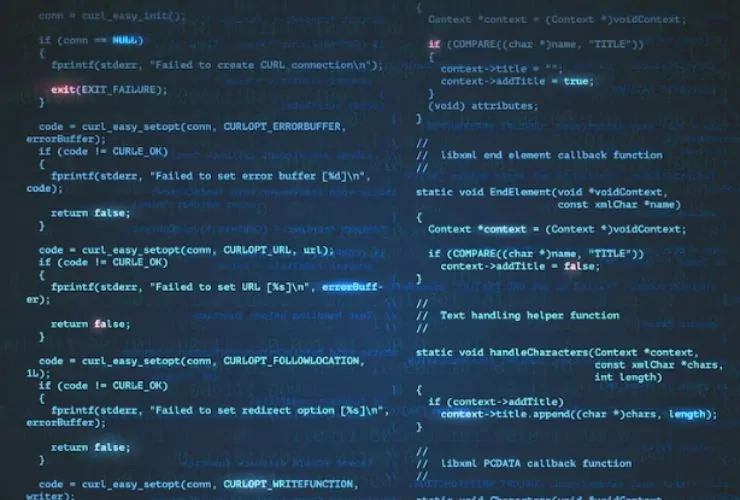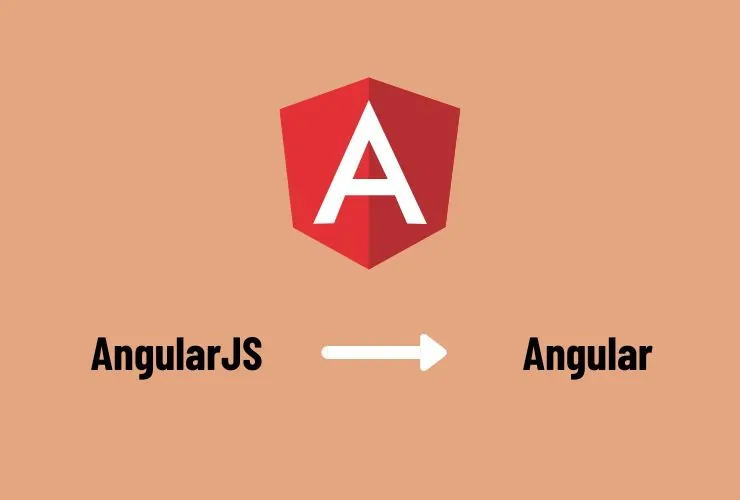Today’s rapid web development demands responsive and maintainable applications. Angular exploits the full potential of RxJS, a comprehensive library for reactive programming, in order to efficiently manage asynchronous streams of data. The mastery of RxJS will enable you to simplify complex systems of asynchronous operations, improve code maintainability, and develop applications that respond to user interactions and real-time updates on data elegantly. In this blog, we will go through how to work with RxJS in Angular applications, walk through concepts, share some best practices, and throw in some real-world examples just to really help build solid, scalable applications.
Basics of Reactive Programming and RxJS
Reactive programming is mainly a paradigm talking about data flows along with changes being propagated from one end of the application or the system that is built. On the Angular side, RxJS gives users the options for handling asynchronous events of HTTP requests along with real-time updates of various data through the management of observables to make easier code writing and code maintenance to create cleaner and leaner code for complex callback conditions.
Key RxJS Concepts:
- Observables: These are streams of data that emit values over time. Observables allow you to handle asynchronous events in a consistent manner.
- Observers: Components or services in Angular that subscribe to observables and react to the data they emit.
- Operators: Functions that enable you to transform, filter, and combine data streams, making it easier to work with asynchronous data.
- Subscriptions: The process of binding observers to observables, which in turn initiates the flow of data.
Collectively, these two concepts help you handle asynchronous operations more predictably and efficiently by reducing the complexity often associated with handling multiple concurrent data sources.
Getting Started with RxJS in Angular
Angular has natively included RxJS within the framework. You will thus not need to install anything; you can start using observables and operators directly. The way you are to create and manage observables helps you to handle both data and error flows better within your application. Some first steps include the following:
- Incorporate Observables: Use observables to handle asynchronous data like API responses or user interactions.
- Subscribe Judiciously: Use the async pipe or do manual cleanup in lifecycle hooks for component unsubscribing to prevent memory leaks.
- Operators: Leverage a number of RxJS operators for handling data streams efficiently: filtering data, error handling, combining streams, etc.
This is the basic groundwork in building intricate reactive applications with Angular.
Essential RxJS Operators and Their Impact
Some of the most common operators include transformation operators, which change the format of the data emitted by an observable into a more usable form, and filtering operators, used to control what data passes through the stream to ensure only relevant information is processed.
- Combining operators: Extremely handy to handle more than one streams of data; concurrencies can now be elegantly handled.
- Error handling operators: Ensure that the application recovers beautifully from an error, thus not bringing a slick user experience down because some unanticipated something has happened. Learning all this would help to craft clean codes maintainable enough and proficiently capable of nimbly getting around the very dynamic natures of web applications of the present times.
Best Practices for Reactive Programming in Angular
Write code using a declarative style: What should happen, not how to process
Your code is going to be readable and maintainable.
Manage Subscriptions Effectively
Always control subscriptions. Angular’s async pipe for template bindings as well as unsubscribe from observables within the ngOnDestroy lifecycle hook to avoid memory leaks.
Use Higher-Order Operators
Use operators like switchMap, mergeMap, or concatMap to handle more complex asynchronous flows such as chaining multiple API calls or nested data sources.
Implement Strong Error Handling
Use error-handling techniques with operators like catchError and retry to give your application a more robust result even after it detects errors.
Test It and Refine
You can test your reactive code with unit testing frameworks and end-to-end testing tools. Monitoring and refining your approach will help ensure that your application performs optimally under different scenarios.
Real-World Applications of RxJS in Angular
Let’s imagine implementing such a feature: dynamic search in an Angular application. An HTTP request would not be necessary at each pressed keystroke, maybe even applied operators such as debounceTime, waiting for the pause before sending an actual request to an API. So, it does not hammer the APIs for this better, general experience: timely, relevant results.
Another example is when one needs to create a live data dashboard displaying and aggregating multiple streams of data from different sources; this can be financial data, social media feeds, or IoT devices. One can merge those streams and update the dashboard in real-time with RxJS to have users view the most current information instead of doing refreshes manually.
Conclusion
Mastering RxJS in Angular for reactive programming is the backbone of modern web application development in building efficient, scalable, and effective web applications. Core concepts, powerful operators, and best practices make complexity out of complexity when working with asynchronous operations in building responsive, maintainable applications.
Then use RxJS, which you’re now ready for once you master advanced reactive programming techniques to carry your Angular application to the next level. Now with such high feature and flexible power, one can easily and freely create the application that deals with real-time data and complexities.














